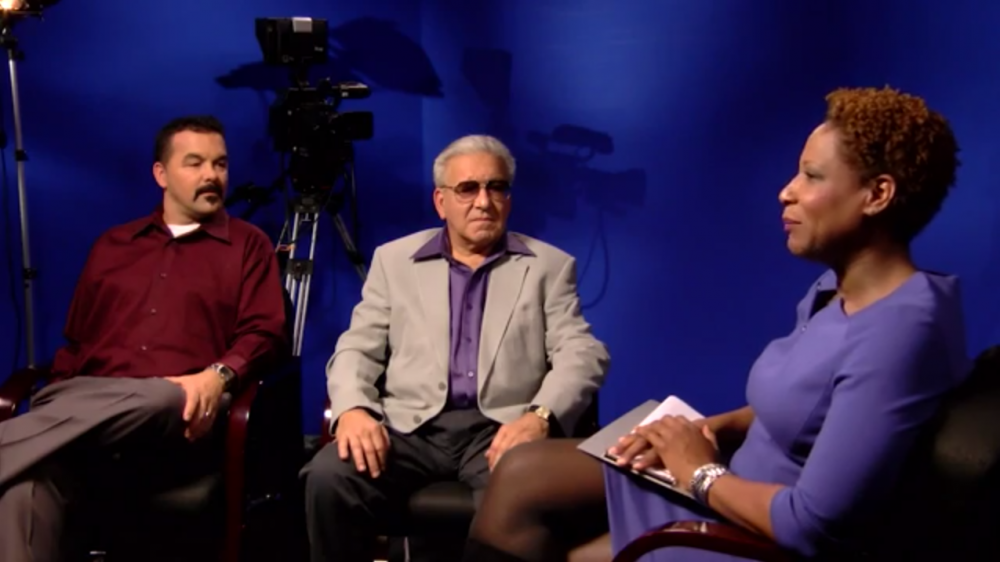Understanding DNA paternity test results is simpler than most people think. Results show one of two determinations. Either:
- Test results show 0% probability of paternity. This means the possible father is excluded from being the biological father ( considered not the father)
or
- Test results show a 99% or higher probability of paternity. This means the possible father is not excluded from being the biological father (considered to be the father).
What if the probability of paternity is in between 0 and 99%?
Inconclusive DNA Results
After the DNA testing process is completed, the probability of paternity is determined based on matches between the DNA of the child and possible father. Typically, 15 markers are tested for matches, but conclusive answers can be reached with as few as six markers.
In paternity testing, any result above 0% and under 99% is considered to be inconclusive by accredited DNA testing laboratories. ‘Inconclusive’ means that no concrete answer can be reached with the current samples, neither a ‘yes’ (‘not excluded’) or a ‘no’ (‘excluded’).
There are two common possibilities that can yield an inconclusive DNA result when testing for paternity:
1. The samples collected did not yield enough DNA, or 2. A conclusive answer cannot be reached without adding the biological mother’s DNA to the test.
Insufficient DNA
Sometimes, the samples sent to the lab yield less than 15 markers. For example, this might happen if the sample is from a newborn and the person collecting was a little too gentle in swabbing the baby. Or the person swabbing got too much saliva and not enough cheek cells. Even if these ‘weak’ samples only yield a few markers, the lab can still get conclusive results if the matches between the child and alleged father are strong enough. If not, the samples may need to be recollected before the lab can get a conclusive result. However, even when all 15 markers are present for father and child, they may not be enough to determine a result without adding the biological mother to the test.
Including the Biological Mother in the Paternity Test
All humans share 99% of their DNA with each other. We rely on the unique genetic differences when we test for paternity. Sometimes, the differences between the alleged father and the child’s DNA profiles are not unique enough on their own to determine a conclusive answer (either 0% or a probability higher than 99%). At this point, testing with the biological mother is crucial to produce a conclusive result. Since the biological mother is known, including her will eliminate half the DNA the child carries, strengthening the matches between the father and child (and getting a probability of 99% or higher). Or it could eliminate enough matches to determine that he is not the father (0% probability).
Most often, IDENTIGENE releases conclusive results only when the probability is higher than 99% (the alleged father is ‘included’ as the biological father) or when 3 or more markers do not match (the alleged father is ‘excluded’ as the biological father.
Follow us on Facebook and Twitter! If you have questions about paternity tests or other DNA testing services, please contact our Client Support Center at 888-404-4363, Mon-Fri from 9 AM to 6 PM Eastern Time. Our friendly, expert representatives are ready and happy to help. Get answers anytime by visiting our Help Center.









